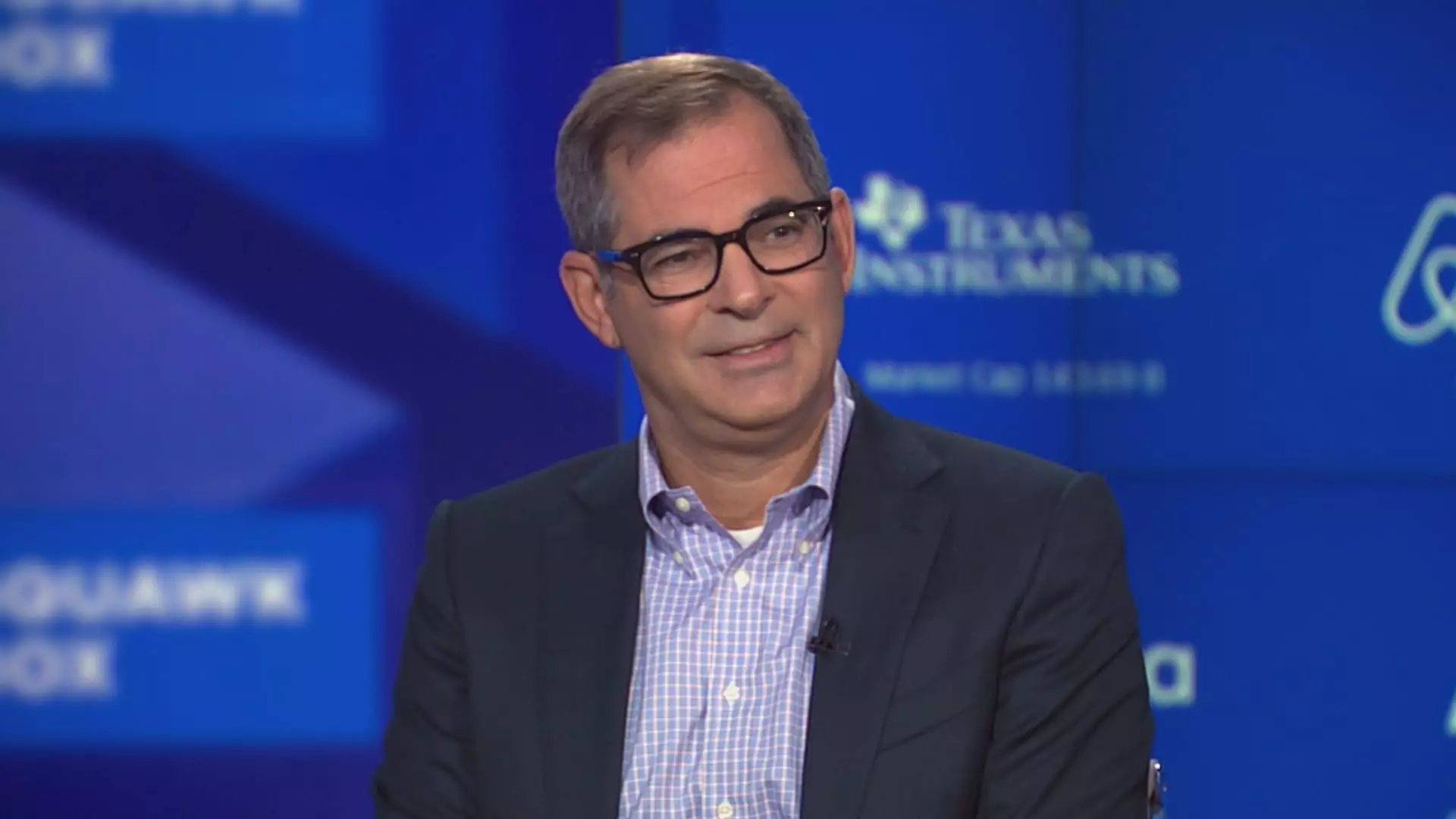CoreWeave has recently made headlines by filing for a public offering on the Nasdaq with the ticker symbol “CRWV.” As a pivotal player in the cloud-based graphics processing unit (GPU) sector, CoreWeave delivers essential services to major corporations like Meta and Microsoft. Despite reporting a staggering net loss of $863.4 million against a backdrop of $1.92 billion in revenue for 2024, the company has exhibited impressive growth, with a 737% increase in revenue year-over-year. This article delves into the nuances of CoreWeave’s operations, its competitive landscape, and the strategic challenges it faces leading up to its public debut.
Founded in 2017 under the name Atlantic Crypto, CoreWeave initially focused on providing infrastructure for Ethereum mining. However, as cryptocurrency values plummeted, the company adeptly pivoted, transforming its business model to emphasize graphics rendering and artificial intelligence applications. This transition highlights CoreWeave’s ability to adapt to market shifts, a crucial skill in an industry characterized by rapid technological evolution. The renaming was not merely cosmetic; it represented a strategic pivot toward cities of market demand that had been underscored by substantial investments in GPU technology.
While CoreWeave’s partnerships with tech giants such as Microsoft have fueled its growth, they also illuminate the competitive pressures faced in the cloud GPU market. Microsoft, which accounted for 62% of CoreWeave’s revenue in 2024, is not only a significant collaborator but also a key competitor. It operates its own Azure cloud service, offering GPU resources that challenge CoreWeave’s positioning. In addition to Microsoft, other large players including Amazon and Google, as well as smaller firms like Crusoe and Lambda, vie for market share in a landscape that has become increasingly saturated. The delicate balance of collaboration and competition within this field presents an ongoing dilemma for CoreWeave as it scales up operations.
Despite its remarkable revenue growth, CoreWeave’s substantial losses pose questions about its long-term sustainability, particularly as it enters public markets amid a landscape rife with competition. The filing indicates significant ownership stakes held by hedge fund Magnetar and Nvidia, which could influence company strategy and shareholder dynamics post-IPO. The pressing challenge for CoreWeave will lie in convincing investors of its potential for profit amid such competition, especially given the monopolistic tendencies attributed to legacy cloud providers that often hinder scalability.
As CoreWeave prepares for its public offering, the importance of staying agile in an evolving market cannot be overstated. With a reputation for rapid provisioning of GPU resources following the advent of market demand from innovations such as ChatGPT, the company is strategically positioned for growth. However, navigating the complexities of its competitive environment while managing financial losses will be paramount if CoreWeave is to capitalize on its market potential. The forthcoming months will determine whether CoreWeave’s trajectory will lead to financial viability and sustained growth or if the competitive landscape will prove too formidable for such an ambitious player in the GPU domain.

